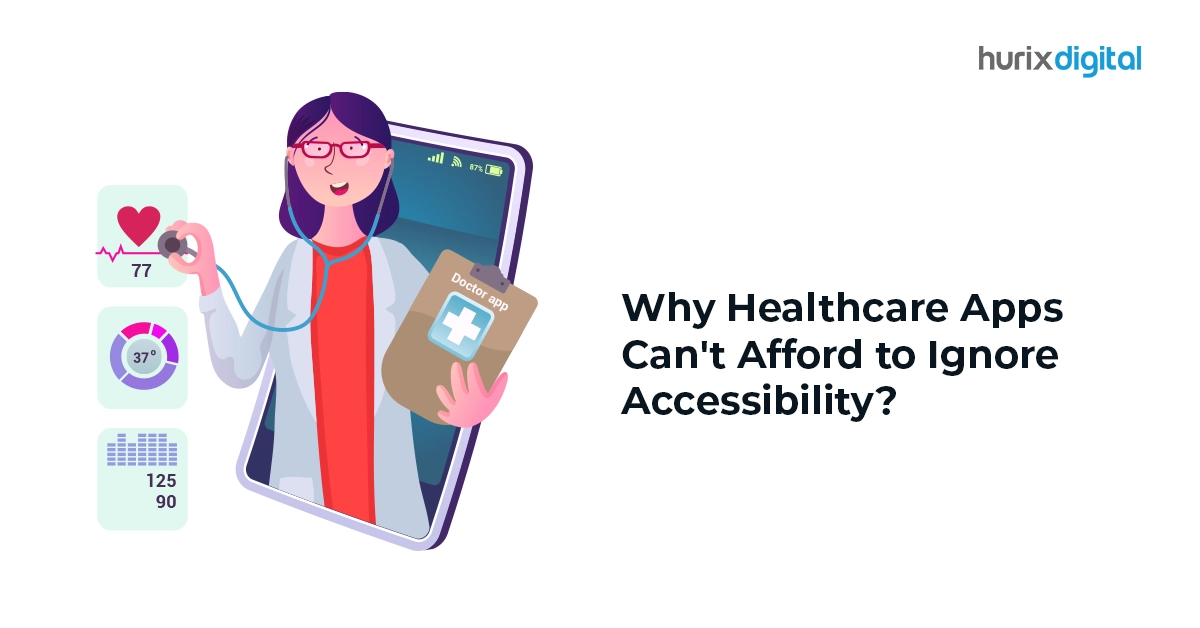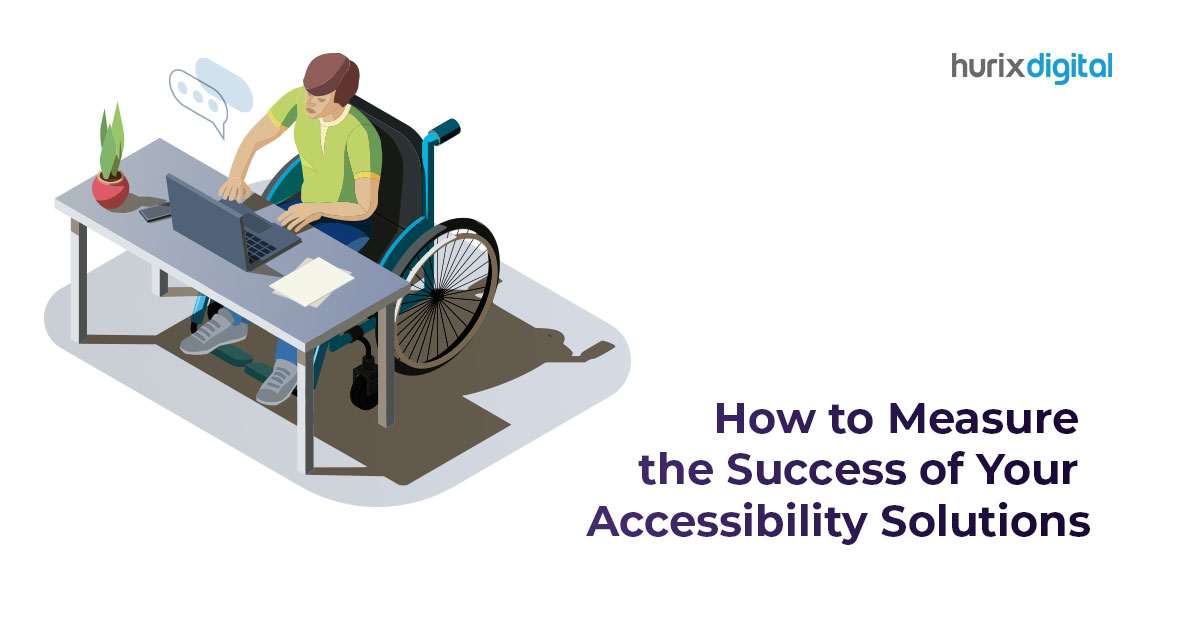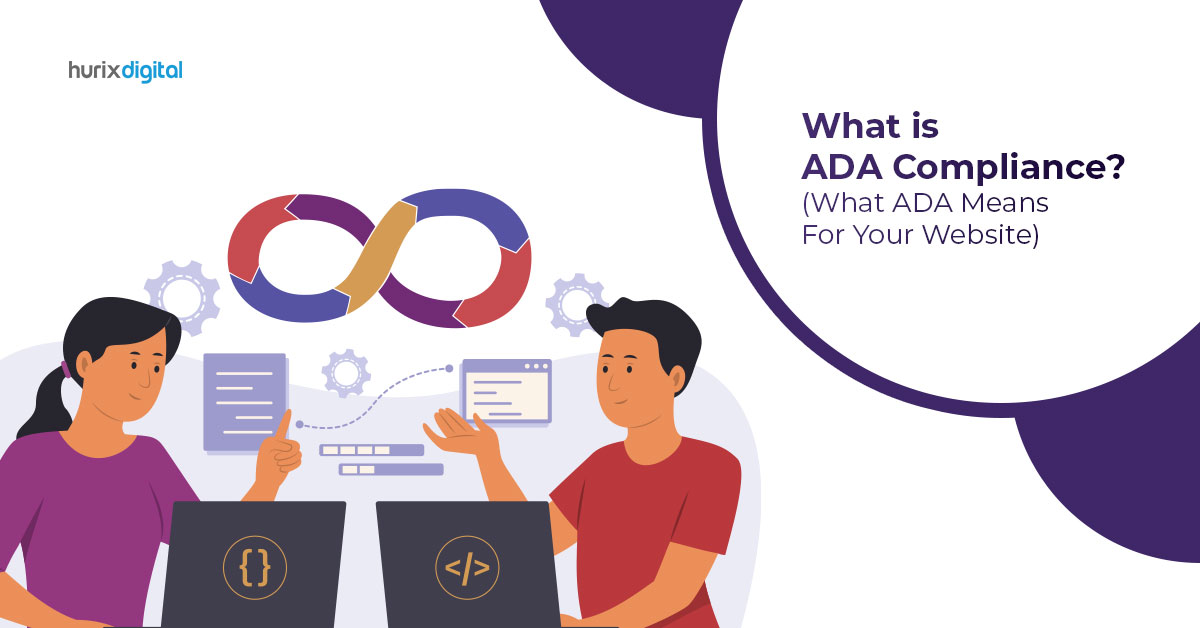
Why Healthcare Apps Can’t Afford to Ignore Accessibility?
Summary
Learn why accessibility is crucial for healthcare apps. This article discusses the importance of inclusive design for improving patient engagement and compliance.
The COVID-19 pandemic brought about a digital transformation in various sectors, including businesses, schools, and government agencies.
Healthcare, amidst managing patient surges, sought lasting solutions for secure process management while upholding patient privacy. This shift to mobile apps for accessing healthcare services and medical records opened new roads for more inclusivity.
Irrespective of efforts to enable access to healthcare resources, mobile app accessibility still does not exist in many cases.
Numerous apps and websites fall short of healthcare accessibility standards such as Section 508 of the Rehabilitation Act and Section 1557 of the Patient Protection and Affordable Care Act. While prioritizing accessibility transcends mere compliance, legal actions often compel healthcare institutions to ensure digital inclusivity.
In this article, we’ll explore the core concepts of accessibility in healthcare app development, highlighting the importance of inclusive design in creating equitable access to essential medical services. Read on!
Table of Contents:
- Why Is Digital Health Accessibility Important?
- Why Healthcare Apps Must Prioritize Accessibility
- Healthcare Accessibility Initiatives That Foster Inclusivity
- Wrapping Up
Why is Digital Health Accessibility Important?
A study by the World Health Organization (WHO) suggests that there are an estimated 1.3 billion people, or around 16% of the total population, living with a disability. These individuals have color blindness, age-related illness, or even mobility challenges. Hence, they often face issues when accessing digital products.
Additionally, Deloitte indicates that 10% Additionally, Deloitte indicates that 10% to 20% of the global population is neurodivergent, implying they have autism, dyslexia, and ADHD.
Unfortunately, disabilities often go hand in hand with health issues. When disabled individuals are excluded from having full access to healthcare assets, it increases the chance of poorer health consequences for those who need assistance the most.
Healthcare establishments like hospitals, urgent care centers, and clinics need to make accessible healthcare solutions a priority. By presenting content material that is accessible, these facilities ensure that patients with disabilities have an inclusive experience, leading to exceptional care than usual.
Adhering to accessibility guidelines for health apps is essential to ensure that digital healthcare offerings are usable by everyone, irrespective of their abilities. This promise of accessibility promotes equality in healthcare access and improves patient results.
Additionally, ensuring digital health accessibility is not only a matter of inclusivity but also a strategic imperative for healthcare providers and organizations. By catering to the diverse needs of individuals with disabilities, healthcare facilities can enhance patient satisfaction, loyalty, and overall outcomes.
Also Read: Healthcare Access for All: Navigating USA’s Digital Accessibility Standards
Why Healthcare Apps Must Prioritize Accessibility
Given below are some reasons healthcare apps must prioritize accessibility:
1. Healthcare Accessibility for All
Ensuring equal access to healthcare offerings is important. By making digital content materials available, healthcare providers guarantee that individuals with disabilities can access clinical records, communicate easily with their healthcare companies, and use digital health apps to manage their fitness effectively.
2. Improved User Experience
Digital accessibility performs a crucial function in enhancing patient experiences. It allows individuals with disabilities to get access to critical health statistics and resources.
For example, captioned videos and audio transcripts benefit individuals with listening impairments. Similarly, screen readers and alternative text descriptions can help those with visual impairments.
3. Meeting Legal and Regulatory Requirements
Healthcare companies must comply with legal standards. Two notable guidelines are the Americans with Disabilities Act (ADA) and the Web Content Accessibility Guidelines (WCAG).
Failure to meet these standards can cause legal and financial repercussions, as well as tarnish a healthcare company’s popularity.
4. Improved Patient Satisfaction
Improved patient satisfaction is guaranteed when healthcare apps are easily accessible.
For example, telemedicine allows individuals with mobility impairments to receive hospital treatment at home. This eliminates the need for special transportation or physical accommodations. This enhances the overall patient experience.
5. Ethical Responsibility
Lastly, hospitals and healthcare institutions have an ethical duty to add digital accessibility to their services. By ensuring their apps and web platforms are accessible to all, they follow the principles of equality and fairness in delivering healthcare.
Being ethically responsible means recognizing disabled individuals have the same rights to healthcare resources as those without disabilities.
When hospitals and health tech companies don’t prioritize digital accessibility, it can result in exclusion and discrimination. This goes against the ethical standards of healthcare equity and inclusivity.
Hence, healthcare providers are ethically obligated to ensure that their digital services are accessible to everyone, regardless of their abilities.
Healthcare Accessibility Initiatives That Foster Inclusivity
To ensure healthcare web accessibility for the maximum number of disabled individuals, it’s important to understand how to make healthcare services accessible. Here are some tips:
1. Incorporate Assistive Technology
Integrating assistive technology into healthcare services can help patients perform better. This technology can help with touch-screen cellphones, typing, and reading screens.
Users can simply obtain test results, check service details, and make appointments when it is incorporated with healthcare websites and apps.
2. Include Various App Accessibility Enhancements
Look into the audit report and implement necessary changes to ensure your websites and platforms are accessible to everyone. It may include adding alt text for photos, incorporating video captions, and improving navigation.
You can also provide visual formats such as charts, audio descriptions, graphic layouts, and other diagrams for differently abled individuals who need web accessibility.
3. Conduct Tests of Healthcare Apps Before Official Rollout
Test your healthcare app with disabled individuals before launch. Including people with different challenges in the test phases for all digital tools, like applications, platforms, and websites, can help uncover potential issues and provide valuable feedback.
4. Hire Web Accessibility Experts
Organize a group of specialists in online accessibility to guarantee adherence to ADA regulations and other guidelines. This group can digitize material and convert it into various formats so that people with disabilities can access it.
5. Increase Awareness within the Institution
You can empower your staff with awareness and training on assistive technology. Providing accessibility training can help them assist patients better.
Let your staff experience how inaccessible the platform is for users before you implement the changes.
You can distribute videos showing the challenges faced by users. You can encourage developers and designers to use screen-reading tools while wearing blindfolds to understand accessibility issues better.
Additionally, healthcare institutions must proactively make key changes as with law and technology advancements.
Also Read: The Beginner’s Guide to Accessibility Remediation – What You Need to Know!
Wrapping Up
Elderly people who live distant from medical facilities can benefit from healthcare accessibility that extends beyond physical locations. Access to these treatments is greatly influenced by elements such as remote access, lower risk of infection, and prompt medical advice.
It could seem difficult to start on the path towards making digital healthcare accessible. But getting started with these basic practices might be beneficial. By upholding digital accessibility, you may reduce care gaps, encourage inclusivity, and improve service accessibility.
Hurix Digital is a digital content solution provider that may aid your organization if it requires support with inclusivity and accessibility criteria.
Through specialized software development and healthcare eLearning services, we are a leader in offering products for healthcare accessible. Reach out to us to broaden the audience for your medical services.

Vice President – Digital Content Transformation. He is PMP, CSM, and CPACC certified and has 20+ years of experience in Project Management, Delivery Management, and managing the Offshore Development Centre (ODC).







